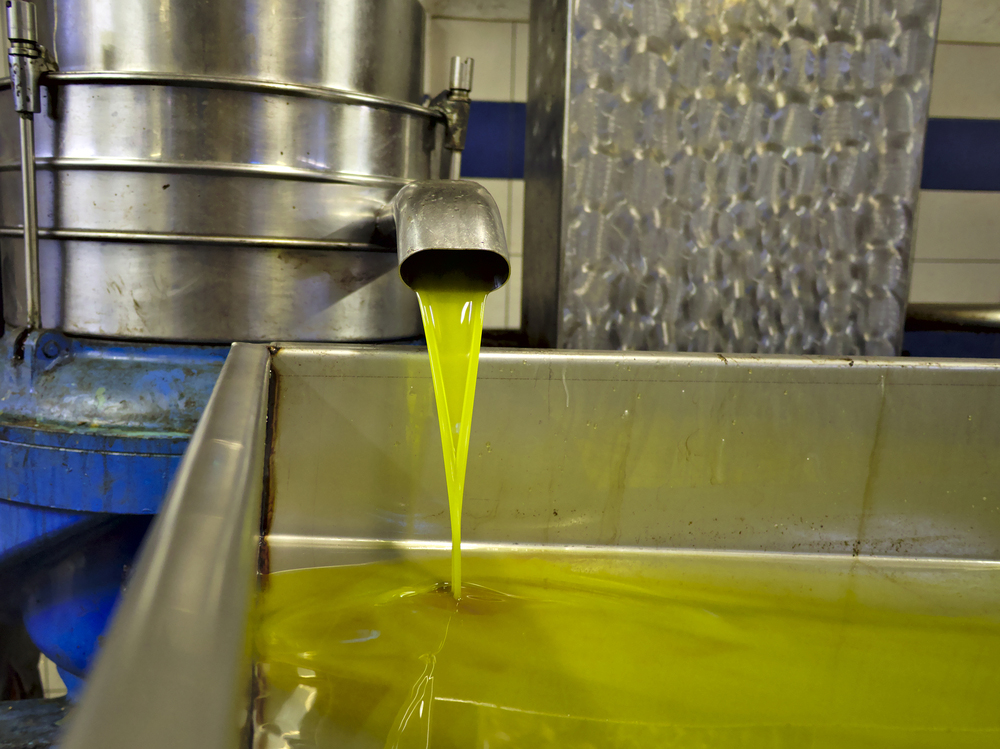This time we leave emergent and grounbreaking applications to concentrate on a more traditional one, but still very much interesting. And in fact we’re going to talk about olive oil, and in particular of the importance of temperature regulation and control during the kneading process of olive paste. Heat exchangers have a crucial role here, aimed at heating the olive paste at the correct temperature the most rapidly as possible, and then maintaining it at the optimal temperature level.
Kneading, or also called malaxing, is a fundamental step to determine the final quality of an extra virgin olive oil, its taste and organoleptic properties. This is a production step that follows the grinding and crushing process, and during kneading the olive past is processed in a machine called malaxer that provides a continuous and slow stirring of the olive paste making it more homogeneous, facilitating the separation of oil from water.
In order to increase the thermal transfer efficiency of heat exchangers employed within the kneading process, for a customer we have made a research about the cooling/heating task of olive paste during the production process. While at it, we found a very interesting technical article by Giulia Angeloni, a researcher of the Department DAGRI at the University of Florence, that goes in depth with technical details of the thermal transfer process. The goals of the research were to help coalescence of small oil droplets within the olive paste creating bigger droplets, thus facilitating the separation process, while at the same time preserving the organoleptic properties of the final product.

The study shows that the correct temperature is a crucial factor to facilitate coalescence, dimishing the viscosity of olive paste and at the same time stimulating the enzymatic activity. Anyway, the temperature during kneading must be kept under 40° C, because higher temperatures lead to changes in the rheology of the dough, which is the way it reacts to external forces, diminishing the yield of the oil and water separation process. Furthermore, the different enzymes involved by the biochemical processes triggered during the mixing phase require different optimal temperatures: the study shows that polar phenolic compounds are increasingly released by the olive paste as long as temperature increases from 25° C up to 30° C, while when the limit of 30° C is exceeded there is a sudden decrease in their concentration.
Beyond 30° C there is also a decrease of volatile compounds, such as C6 and C5, which are responsible for the fruity aroma and quality of the olive oil. Fostering, at temperatures over 30° C, the release of C>6 compounds that cause sensorial defects of the extra virgin olive oil.
Stay updated on the latest applications of thermal energy management by subscribing our monthly Tempco Newsletter – Solid Temperature.
